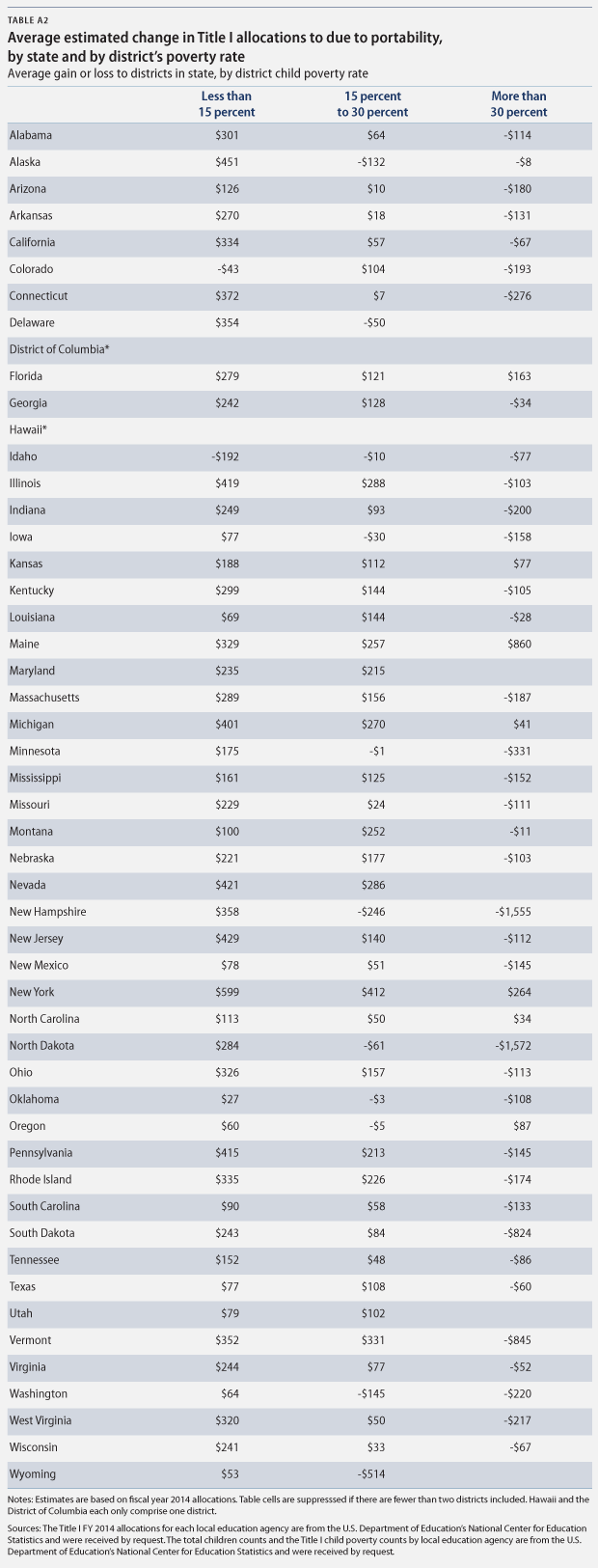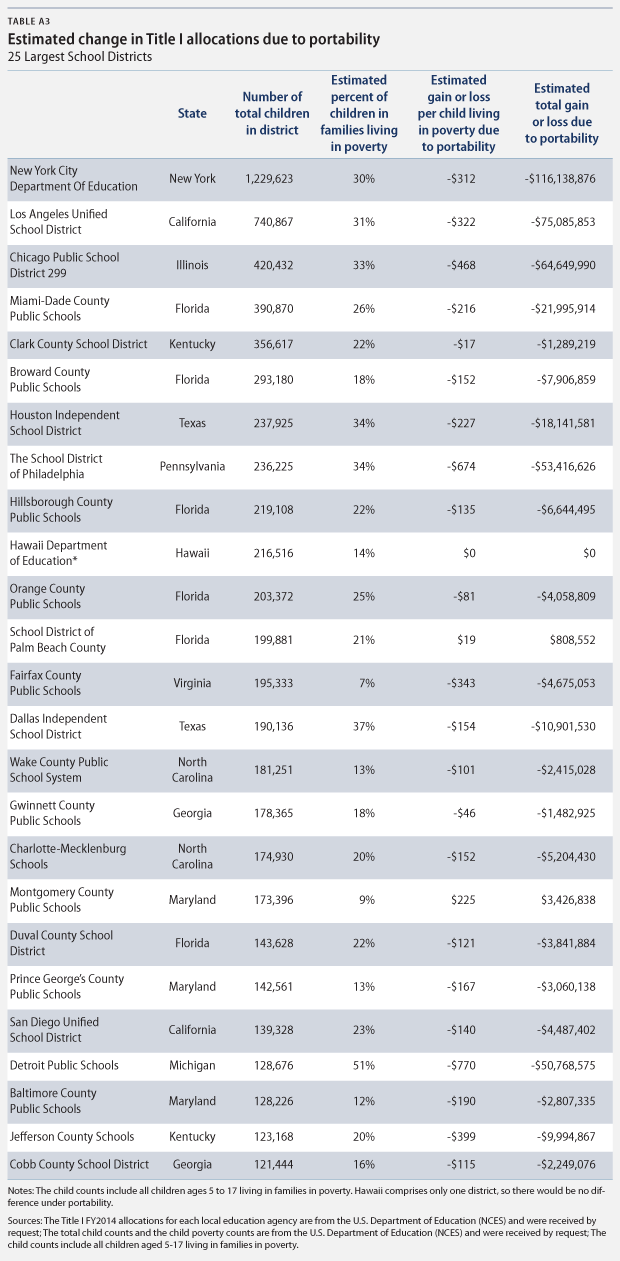In the first days of the 114th Congress, Sen. Lamar Alexander (R-TN)—chairman of the Senate Committee on Health, Education, Labor, and Pensions—placed K-12 education at the top of his agenda. His goal is to quickly reauthorize the Elementary and Secondary Education Act, or ESEA—currently known as the No Child Left Behind Act—and, ultimately, to dismantle what he calls the “national school board.” Chairman Alexander’s bill—the Every Child Ready for College or Career Act—largely cuts back on the federal role in public education and weakens state accountability to raise achievement and close achievement gaps.
Most egregiously, the bill proposed by Chairman Alexander eliminates the targeting of federal dollars to schools and districts with the highest concentrations of low-income students. This approach ignores the long-known fact that socioeconomic isolation has a devastating impact on student learning and achievement outcomes. Simply put, the challenges that low-income students face are significantly greater when the majority of their classmates are also low income.
To mitigate the negative impact of concentrated poverty, the federal government allocates billions of dollars to states per year through Title I, Part A, of ESEA based on the number and concentration of students living in poverty. The funds are then distributed to districts following the same process. The goal of Title I is to provide low-income students attending schools with high concentrations of other economically disadvantaged students with additional financial support.
Chairman Alexander’s bill takes a different and harmful tack and actually dismantles the targeting of Title I. His proposal provides states with the option of opting out of the current system of Title I funding for schools. Instead of following the current formulas, states would distribute to all districts the same amount per student simply based on the total number of children in low-income families. This approach is sometimes referred to as “portability.” It is unclear how many states would exercise this option. However, considering wealthier school districts receive less federal support but often have greater political capital, it is possible that some states may feel considerable pressure to use portability to distribute their Title I, Part A, funds.
Using the fiscal year 2014 allocations for school districts, the Center for American Progress analyzed the impact that portability would have had on students last year. We compared how much districts would have received under portability with how much they actually received under current policy. In our analysis, we made the following key findings:
- Portability actually drives resources away from high-poverty districts and into more affluent ones.
- Nationally, districts with high concentrations of poverty could lose an average of around $85 per student.
- On average, the most affluent districts could gain more than $290 per student.
If all states opted into this new system, school districts with a poverty rate of more than 30 percent would lose money, while districts with a poverty rate of under 15 percent would see dramatic increases in funding. This is illustrated in Figure 1 below. In total, the poorest school districts would lose more than $675 million, while the lowest-poverty districts would gain more than $440 million.

The nation’s largest districts could stand to lose tens of millions of dollars. For example, if Illinois opted for portable Title I dollars, Chicago could lose more than $64 million, while the much more affluent suburb of Naperville could see its allocations increase by more than $380,000. In California, students in the Los Angeles Unified School District could lose out on more than $75 million, while the Beverly Hills Unified School District could gain $140,000 dollars. These patterns are similar for every state. Portability would redistribute vast amounts of resources away from the students with the most needs to provide marginal new funding to other, more-well-off students. See the Appendix for figures that provide breakdowns for each state and for large urban districts.
The most affluent districts already receive substantially more resources than their less affluent peers, and they could afford to spend more on the most disadvantaged students. These low-poverty districts collect more than $1,500 more per student than high-poverty districts. See Figure 2 below.

On the other hand, it has been long recognized that low-income students need additional resources and support to have an equal opportunity for success in college and career. Moreover, low-income students attending school with high concentrations of similarly economically disadvantaged students need even more support to overcome the burdens and barriers erected by poverty. Title I is how the federal government attempts to meet its obligation to these students. This targeted approach has helped ensure that low-income students do in fact receive more resources and support and that their right to a high-quality education is protected. More targeting, not less, is the appropriate policy response to our country’s growing student poverty.
Under portability, each low-income student is provided with the same allocation of federal funds. As a result, the marginal increases in funding that current law provides to students as a district’s poverty level increases have been eliminated. Simply put, this funding system ignores the fact that concentrated poverty has a significant negative impact on students beyond their own economic circumstances. Ultimately, portability weakens the ability of Title I dollars to combat the adverse effects of poverty.
CAP is not the first organization to point out that portability hurts the most-disadvantaged students. Recently, the American Association of School Administrators argued that portability eliminates the flexibility that current law affords it to decide on which grades to focus Title I resources. Instead, as a consequence of portability, districts might need to spend Title I money across all grades even if that approach would not be most effective for their students. The National Coalition for Public Education—which includes 50 organizations, including the Children’s Defense Fund and the National Urban League—has also written that portability would expand the amount of students served through Title I and result in the poorest districts getting less of overall Title I dollars.
The Title I, Part A, funding formulas do need to be improved, but abandoning them altogether fails to serve the students that the law is meant to support. CAP has recently recommended a formula change that removes unfair factors in the current formulas. Not only does the bill proposed by Chairman Alexander not attend to these issues, but it also actually changes Title I allocation for the worse. In essence, the bill allows states to take from the poor to give to the rest.
We can all agree that draining funds from resource-starved school districts is poor policy. Yet portability betrays our national commitment to protect every student’s right: Regardless of class, race, disability, or country of origin, they have equitable access to a high-quality education. CAP strongly recommends that Congress eliminate the portability requirement from any reauthorization of ESEA.



Max Marchitello is a Policy Analyst at the Center for American Progress. Robert Hanna is a Senior Policy Analyst at the Center.